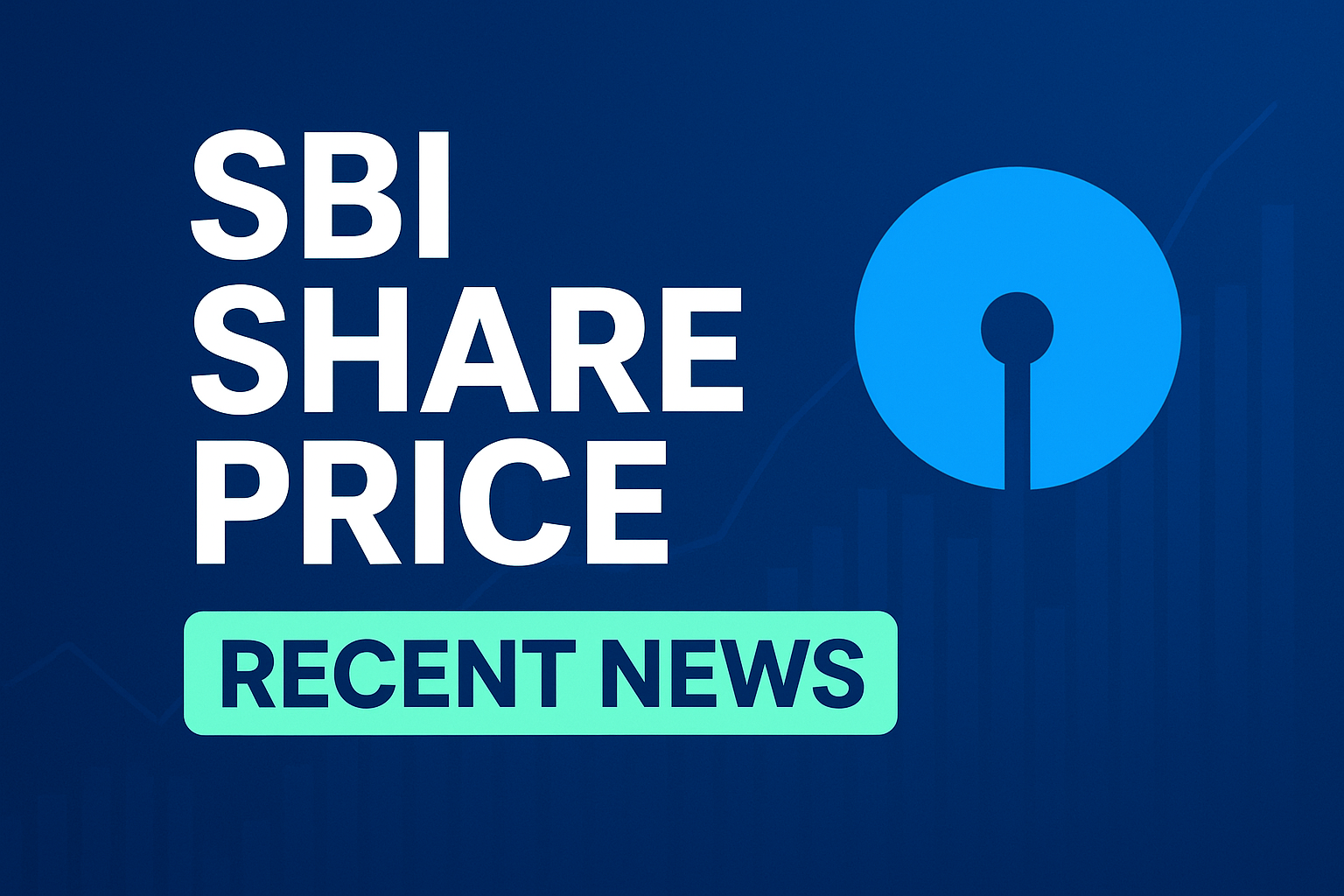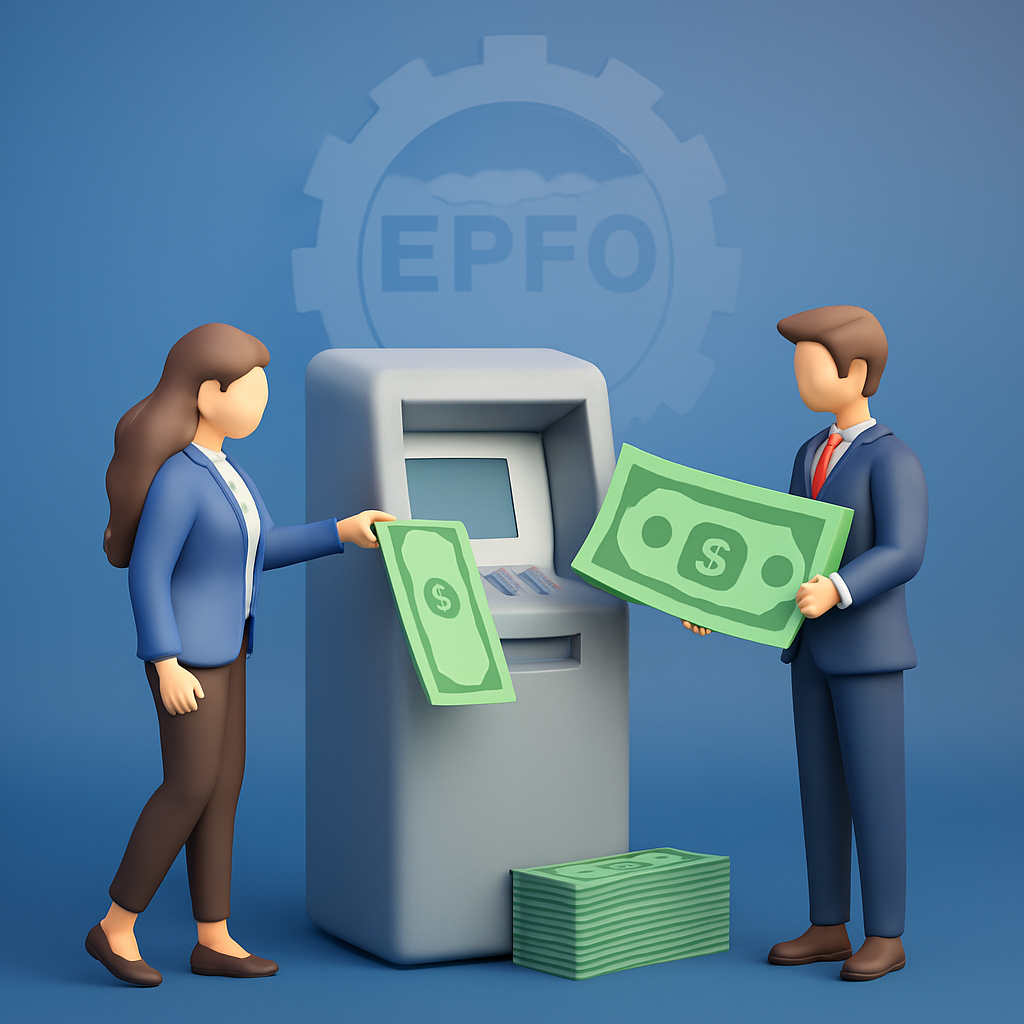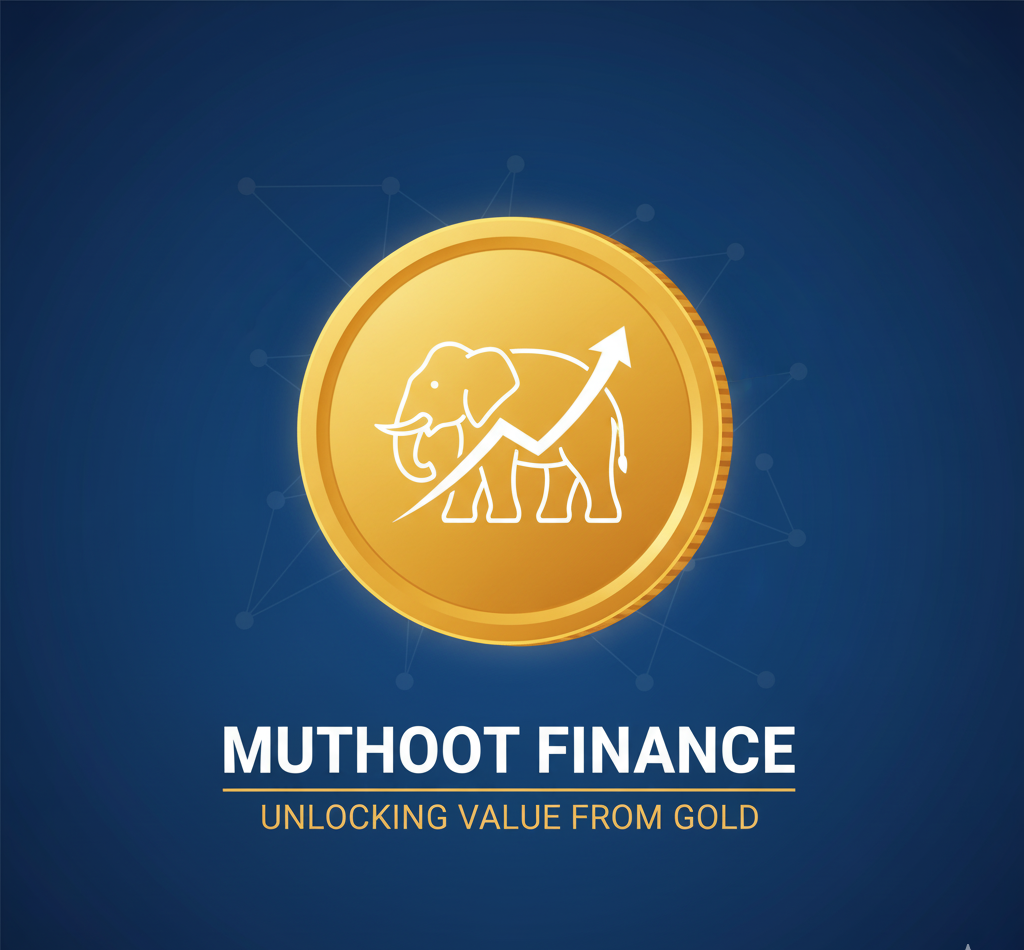The State Bank of India (SBI) is not just India’s largest
public sector bank — it is often seen as a bellwether for the health of Indian
banking and, more broadly, the economy. When SBI share price moves, investors
watch closely, especially in relation to the broader market. With Sensex
market updates and Sensex index today frequently reflecting SBI’s
performance, understanding the drivers behind SBI share price is vital for both
small retail investors and institutional players.
Recent News
Here are some key recent developments affecting SBI’s share:
- SBI
recently completed the divestment of a 13.18% stake in Yes Bank to
Japan’s Sumitomo Mitsui Banking Corporation (SMBC) for about ₹8,889 crore.
- As a
result of this deal, SBI shares rose about 1.5–2%, trading around ₹843–₹851
in recent sessions.
- According
to Screener.in, SBI’s metrics as of FY24 show a market-cap around ₹7,90,510
crore, P/E around 9.87, book value ~ ₹583, dividend
yield ~ 1.9%, return on equity ~17.2%.
- On
the macro front, Sensex live news reflects strong market sentiment
supported by hopes of a U.S. Fed rate cut, positive trade talks, and
domestic policy shifts. SBI’s upward movement is part of the broader Sensex
index today rally.
Historical Background
Understanding where SBI share price stands today means
looking back:
|
Period |
Key Event / Change |
Share Price & Market Implications |
|
Pre-2000s |
SBI’s expansion, mergers with associate banks; major role
in government banking operations |
Lower volatility, more dominated by policy/regulation |
|
2000s |
Liberalization, more competition from private banks; tech
adoption |
Investors began to evaluate SBI more like commercial
banks: profitability, NPA (non-performing assets), operational efficiency |
|
2010-2020 |
Reforms (demonetisation, GST), NPA cleanup, consolidation |
SBI focused on reducing bad loans, improving digital
services, improving profitability; share price reflected that gradually |
|
Last 1-2 years |
Capital raising, strategic divestments (like Yes Bank
stake), macroeconomic headwinds & tailwinds |
SBI’s share price has seen a range from ~₹680 to ~₹875
over 52 weeks; trading has been sensitive to policy, interest rates, and
market sentiment. |
Impact on Investors and Economy
For Investors
- Returns
& Volatility: SBI, being a large-cap PSU bank, offers relatively
stable returns, but large moves (±2-3%) are possible on big news (e.g.
stake sale, regulatory change).
- Income
Component: Dividend yield (~1.9%) adds to returns, though not very
high compared to some private banks.
- Valuation:
With a P/E around 9–10, SBI is not overly expensive compared to peers or
historical levels, especially if credit growth and asset quality improve.
- Risk
Exposure: SBI has exposure to interest rate changes, macroeconomic
slowdowns, and non-performing assets (NPAs). Regulatory changes also
matter.
For the Economy
- Banking
Sector Health: SBI’s performance influences investor perception of PSU
banks; its NPAs, profits, reforms are seen as indicators of systemic
strength.
- Credit
Flow: As one of biggest lenders, SBI’s ability to lend impacts sectors
like agriculture, SME, infrastructure.
- Policy
Transmission: RBI and government policies (on interest rates, fiscal
stimulus) often see SBI’s responses (loan growth, deposit rates) as
signals to broader banking sector.
Opportunities & Risks
Opportunities
- Strategic
divestments (like in Yes Bank) free up capital and reduce risk exposure.
- Growth
in digital banking, fintech tie-ups could improve margins.
- Interest
rate shifts: if rates rise, net interest margins (NIMs) improve (assuming
cost of funds does not rise too fast).
- Asset
quality improvements open up room for higher lending, lower provisioning.
Risks
- Macro
headwinds: inflation, global trade tension, rising crude prices, currency
volatility.
- Interest
rate risk: rapid hikes raise cost of funds; flat or inverted yield curves
compress margins.
- Credit
risk: NPAs from stressed sectors (e.g. real-estate, infrastructure) remain
a concern.
- Regulatory
risk: changes in banking norms, provisioning rules, or government fiscal
constraints.
Market Expert Views
Here are a few insights from analysts and experts:
- Many
brokerage houses maintain a “Buy” or “Strong Buy” rating on
SBI, citing its undervaluation vs future growth potential. Investing.com
reports several analysts expect upside from current levels.
- ICICI
Securities in past raised target prices (e.g. to ~₹950) based on improving
fundamentals, though some concerns remain about downside risks in weak
macro terrain.
- Experts
often link SBI’s performance to Sensex market updates — when Sensex
market is bullish (due to domestic macro strength, global cues like Fed
policy, trade optimism), SBI tends to outperform; in bearish phases, SBI
is under pressure.
Future Outlook
What might the coming 6-12 months look like for SBI share
price?
- If
positive macro signals continue (rate cuts abroad, stable interest rates
domestically), SBI could benefit via improved credit demand and margins.
- Share
price targets vary among analysts; some foresee range of ₹900-₹1,050
if everything falls into place (strong loan growth, stable asset quality,
disciplined cost management).
- Conversely,
adverse global conditions (stagflation, trade wars), or domestic shocks
(high inflation, policy tightening) could drag the price toward the lower
end (~₹700-₹800) especially if NPAs reappear.
- Key
triggers to watch: RBI policy decisions, government fiscal deficit and
stimulus, credit growth in banking vs private banks, SBI’s performance in
non-core banking areas (digital, insurance, etc.), global interest
rate/GDP growth outlook.
Sensex Index Today & SBI: Connection
Because SBI is a major weight in Sensex, Sensex live news
and Sensex market updates often reflect SBI’s moves:
- A
strong SBI usually helps lift broader Sensex index today,
especially when financials and banking sectors are rallying.
- Conversely,
if SBI weakens (due to poor earnings, provisioning, or NPA concerns), it
contributes to Sensex drag.
For example: in recent trading days, Sensex climbed ~300-600
points, with banking stocks including SBI leading the gain.
FAQs
|
Question |
Answer |
|
What is SBI share price currently? |
As of latest available data, SBI shares are trading in the
range of ₹840-₹860 approx. |
|
How has SBI’s share price moved over the past 52 weeks? |
The 52-week low is around ₹680, high around ₹875.
Recent trading has been closer to the higher end. |
|
What are key financial metrics? |
P/E ~ 9.8–10, dividend yield ~ 1.9%, ROE ~ 17.2%.
Book value ~ ₹583. |
|
How tied is SBI’s performance to Sensex? |
Very tied: SBI is a heavy weight in Sensex, so Sensex
market updates often move with SBI, especially when financials/banks are
in focus. |
|
What are triggers to watch for future movement? |
Loan growth rate, interest rate changes by RBI, global
rate environment (including Fed policy), NPAs/asset quality, regulatory
changes, government fiscal policies. |
|
What is analysts’ consensus? |
Mostly optimistic, many with “Buy” or “Strong Buy”
ratings; some caution voiced around risk from macroeconomic uncertainties. |
Conclusion
SBI share price is at an interesting juncture. The bank is
benefitting from recent strategic decisions like the Yes Bank stake sale,
improving financial metrics, and favorable conditions in the banking sector.
Meanwhile, external risks—global interest rates, credit stress in certain
sectors, inflation—remain very real.
For investors, SBI represents a mix of stability and
potential upside. If you're keeping an eye on Sensex live news, Sensex
index today, or Sensex market updates, SBI is almost always a stock
to watch — not only for its own fundamentals but for its influence on the
broader market.



